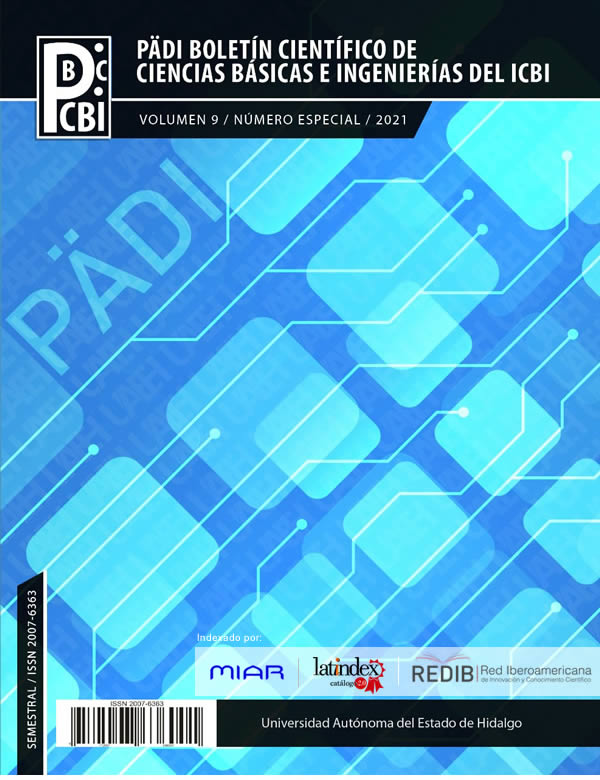Simulation of a pendulum system with GNU Octave
DOI:
https://doi.org/10.29057/icbi.v9iEspecial.7196Keywords:
Dynamical systems, Education aids, Ordinary differential equations.Abstract
A proposal is presented to consider the study of some ordinary differential equations that model mechanical systems using animation as a education aid. For the animations, mechanical systems composed of simple and/or damped harmonic oscillators were chosen. The animations are made by superimposing images obtained from the solution of the linear differential equations that model the corresponding dynamics.
Downloads
Publication Facts
Reviewer profiles N/A
Author statements
Indexed in
- Academic society
- N/A
References
Berg, R. E. (1991). Pendulum waves: A demonstration of wave motion using pendula. American Journal of Physics, 59(2):186–187.
Bracke, M. and Lantau, J.-M. (2017). Mathematical modelling of dynamical systems and implementation at school. In CERME 10, Dublin, Ireland.
Buteau, C., Muller, E., Marshall, N., Sacrist´an, A. I., and Mgombelo, J. (2016). Undergraduate mathematics students appropriating programming as a tool for modelling, simulation, and visualization: A case study. Digital Experiences in Mathematics Education, 2:142–166.
Findley, K., Whitacre, I., and Hensberry, K. K. R. (2017). Integrating interactive simulations into the mathematics classroom: Supplementing, enhancing, or driving? Proceedings of the 39th annual meeting of the North American Chapter of the International Group for the Psychology of Mathematics Education, pages 1297–1304.
Flaten, J. A. and Parendo, K. A. (2001). Pendulum waves: A lesson in aliasing. American Journal of Physics, 69(7):778–782.
Geert, P. V. (2014). Dynamic modeling for development and education: From concepts to numbers. Mind, Brain, and Education, 8(2):57–73.
Lee, W. and Lu, M. (2010). A digital simulation of the vibration of a twomass two-spring system. Computer Applications in Engineering Education, 18(3):563–573.
Lozada, E., Guerrero-Ortiz, C., Coronel, A., and Medina, R. (2021). Classroom methodologies for teaching and learning ordinary differential equations: A systemic literature review and bibliometric analysis. Mathematics, 9(7).
Malgarejo, M., Gonzales, F., and Ram´ırez-Mart´ın, C. (2013). Soluci´on de la ecuaci´on diferencial parcial de una membrana vibrante mediante Maple y Matlab. Latin-America Journal of Phisics Education, 7(4):609–615.
Miller, H. R. and Upton, D. S. (2008). Computer manipulatives in an ordinary differential equations course: Development, implementation, and assessment. Journal of Science Education and Technology, 17(2):124–137.
Ortiga-Capetillo, G. M. (2007). Animaciones en Matlab y Maple de ecuaciones diferenciales parciales de la f´ısica-matem´atica. Revista Mexicana de F´ısica E, 53(1):56–66.




















